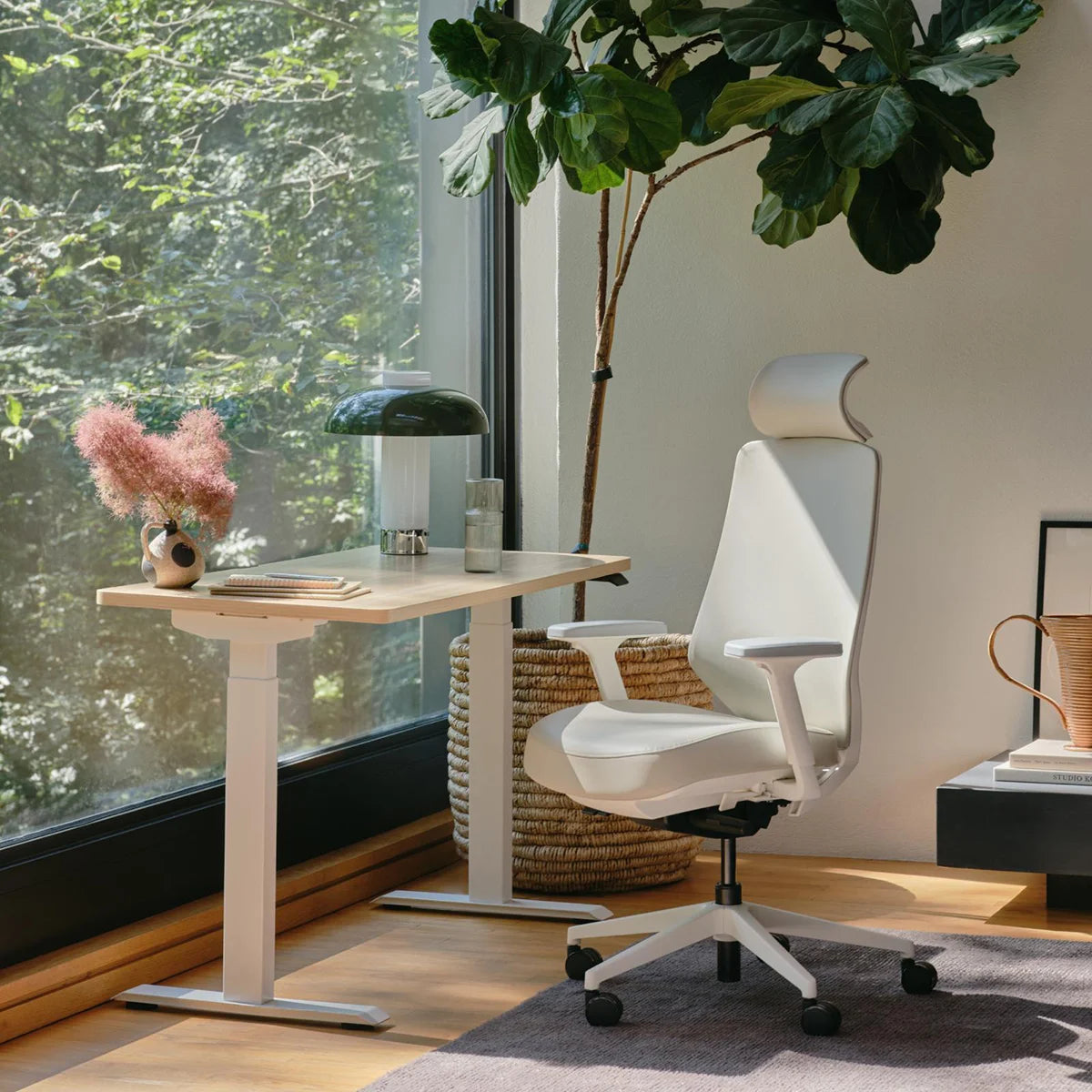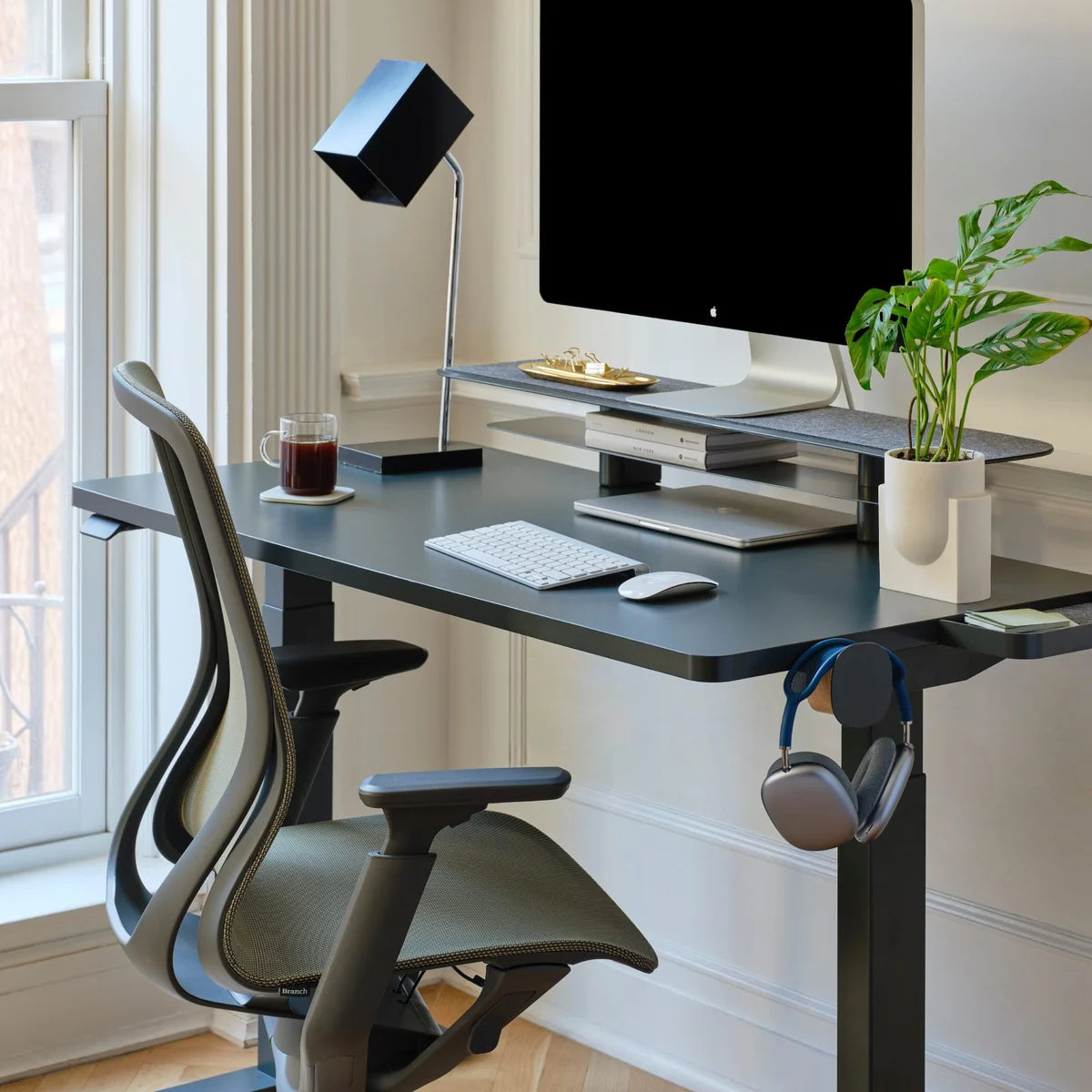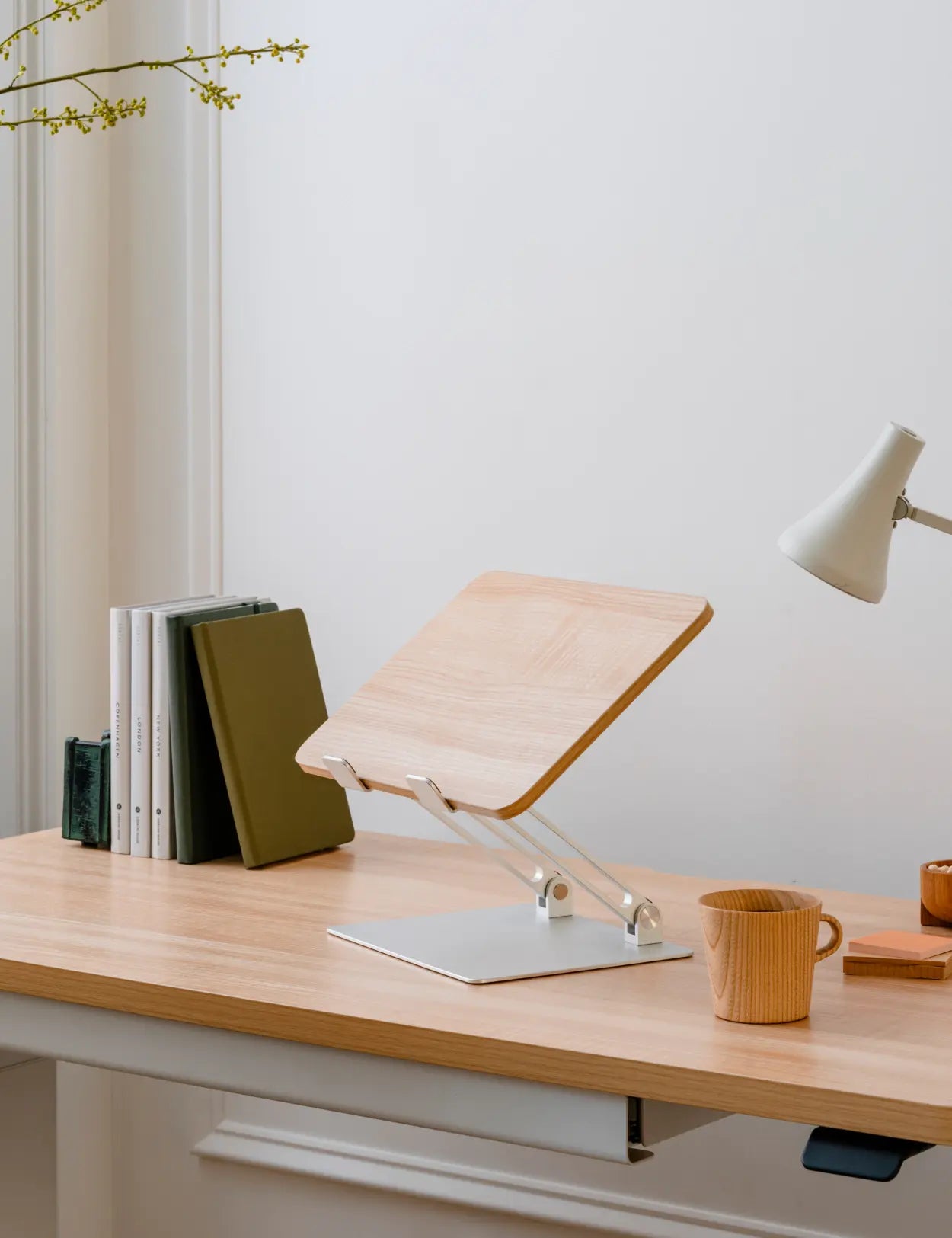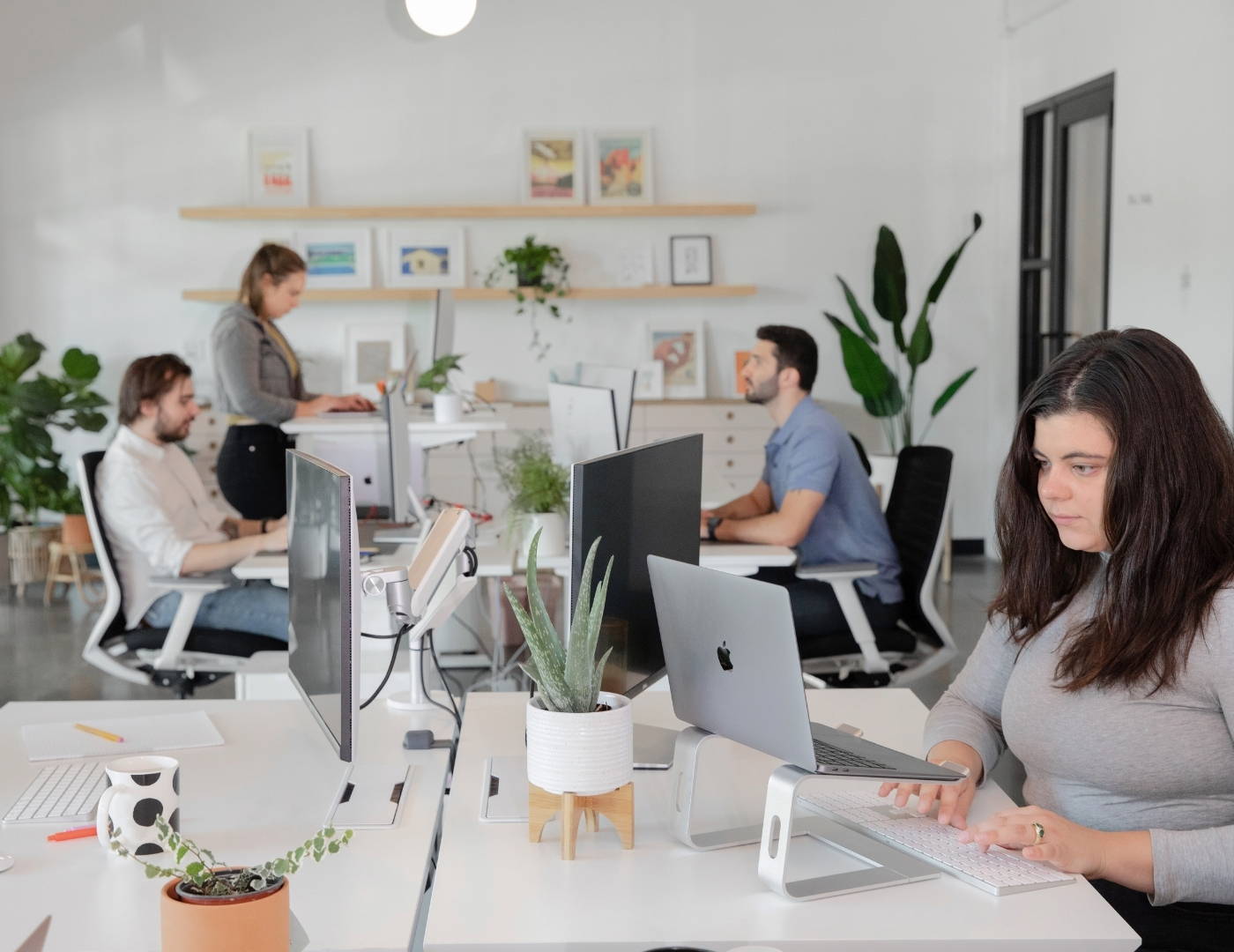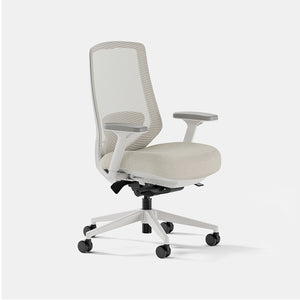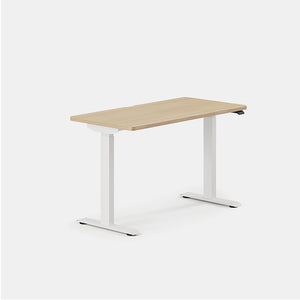Has your office become more of a coworking and collaborative space? Learn how hot desking may be a beneficial way to embrace a hybrid work environment.
What Is Hot Desking?
How Does Hot Desking Work?
- Reservations: Many companies release a pool of available workstations once a month or once a week. Hot deskers then reserve office desks and meeting rooms via an app or a booking service for the days they'll be working in the office environment. This is also known as hoteling and allows the arrangements to be more static.
- Open seating: Some companies do not allow reservations. Instead, the workspaces are available on a first-come, first-serve basis, similar to how a restaurant works. Working arrangements can, and often do, change from day to day. In most cases, employees who arrive early will have the first pick of workstations, and there is sometimes a risk of overcrowding.
Main Benefits of Hot Desking
1. Cost Savings
2. Cleanliness and Organization
3. Employee Autonomy
4. Collaboration
5. Data
Disadvantages of Hot Desking
1. Hierarchy Disruption
2. Communication
3. Distraction
Is Hot Desking Right for You?
On new furniture, exclusive sales and more.





